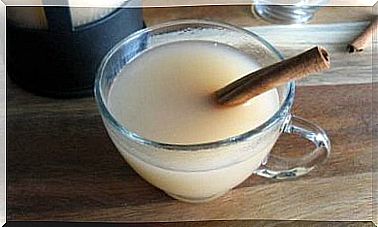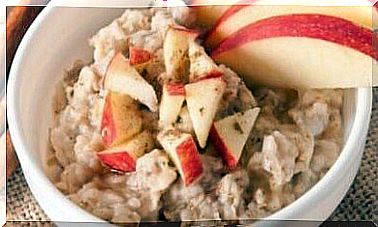What Is The Glyx Diet And What Is It About?
The Glyx Diet has been on the market for almost 20 years and is still not that well known. Or can you explain what’s behind it?

Even if you have heard of the Glyx Diet, you are certainly one of the many readers who know the name but have no idea what it is about. Or can you explain what the Glycemic Index is and what it has to do with the Glyx Diet ? We can do it – read you smart!
What is the Glyx Diet?
The Glyx Diet was developed in the late 1990s by a German ecotrophologist, Marion Grillparzer. The Glyx Diet is not a reduction diet in the strict sense, but is also suitable as a permanent diet, as it contains all nutrients and does not provoke malnutrition.
In practice, however, it is mostly used for weight loss. As part of the Glyx Diet , sugar, alcohol and animal fats are largely avoided. In addition, the building blocks movement and relaxation are taken into account.
This type of diet is all about the glycemic index. Food with a low glycemic index should be preferred and foods with a high glycemic index avoided. But what is the glycemic index and which foods fall into which group?
The Glycemic Index
The Glycemic Index is a measure of how a food affects blood sugar levels. Foods with a high glycemic index lead to a high rise in blood sugar levels, whereas foods with a low glycemic index have the opposite effect.
White bread and sugar, for example, are metabolized in a similarly unhealthy way and make the blood sugar level rise very quickly. Hence, their glycemic index is high. Dextrose, which is assigned a glycemic index of 100, is used as a reference value. This results in the following classification of food:
- High glycemic index: over 70
- Mean glycemic index: between 50 and 70
- Low glycemic index: below 50
As part of the Glyx Diet, foods with a low glycemic index should preferably be consumed. But why?
Why the Glycemic Index (GI) is important for obese people
As explained earlier, foods with a high GI lead to rapid and long-term increases in blood sugar levels. This leads to an excessive release of the fattening hormone insulin. The fattening hormone means that the nutrients, glucose (sugar) and fat are stored particularly well.
The second problem is that the excessive release of insulin in response to the high glycemic index food causes blood sugar to drop into hypoglycaemia and cravings. You reach for snacks, sweets and snacks. Since these snacks, and especially sweets, have a high glycemic index, a vicious circle is created.
To end this vicious cycle of insulin fattening and cravings, foods with a low glycemic index should be eaten. However, these are not easy to determine, because it also depends on the type of preparation, among other things.
Which foods have which glycemic index?
If you want to try or implement the Glyx Diet, you should seek advice from an ecotrophologist, because it is not that easy. Basically you should prefer the following foods:
- vegetables
- Dairy products
- Vegetable fats
- Lean meat
- sea fish
- High fiber foods
- Unprocessed foods
- Calorie-free drinks
- Low fat foods
There are no strict prohibitions on the Glyx Diet, but those who base their diet on the Glycemic Index will quickly understand why the following foods are completely unsuitable:
- White flour products
- Sugary drinks and foods
- Animal fat
- alcohol
- Fast food
- High fat foods
It quickly becomes clear that low-recommended foods are unhealthy foods that you should avoid regardless of diet.
criticism
Critics of the Glyx Diet note that implementation requires a great deal of specialist knowledge and that some recommendations cannot be explained by the glycemic index alone.
For example, fat has a very low glycemic index, but it is still not recommended. It requires intensive and long-term advice from nutritionists in order to implement the diet in a healthy and correct manner.
Furthermore, critics note that foods are usually not eaten in isolation and that the interaction of the individual foods must be considered. A dry slice of bread, for example, has a higher glycemic index than bread topped with plenty of butter and cheese. If you only use the glycemic index as a guideline, bread, which is particularly rich in animal fats, would be better than dry bread. However, this is wrong.
Conclusion : if properly implemented, the Glyx Diet can be a permanent, healthy form of nutrition that serves to reduce or stabilize body weight. However, this cannot be guaranteed without accompanying advice from medical specialists.









